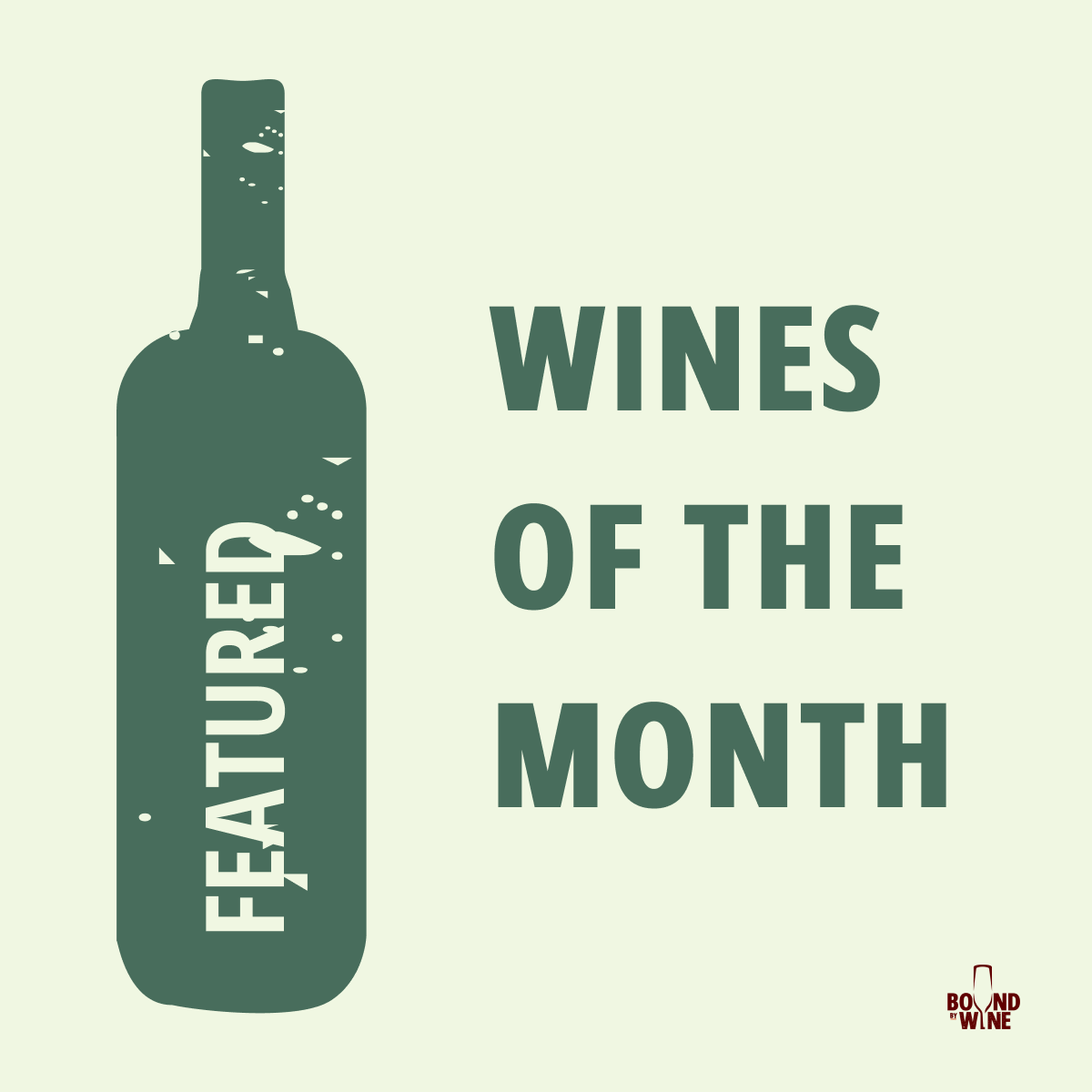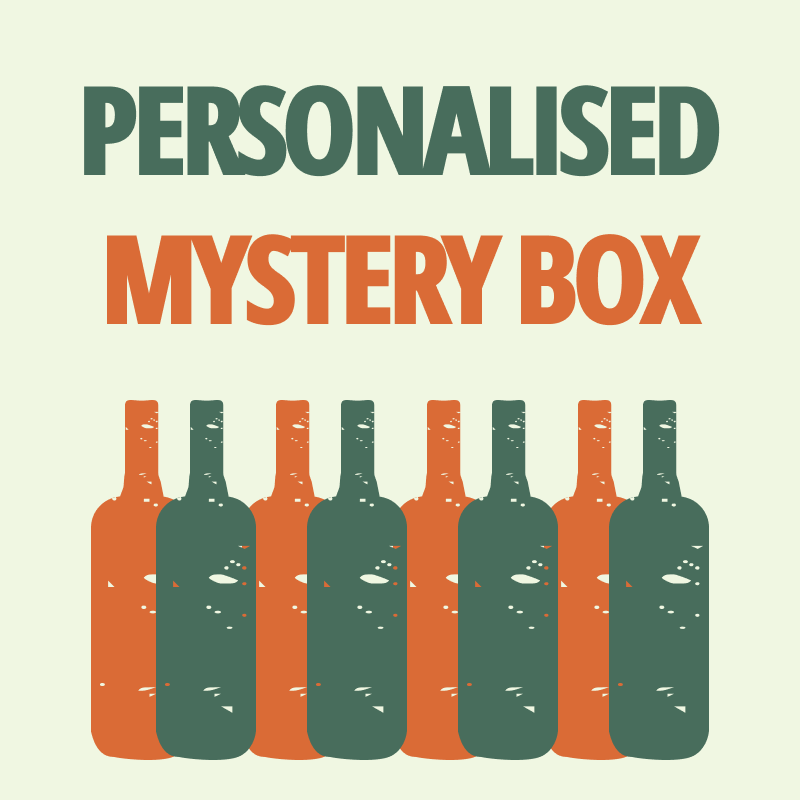Bottle Aged Wines
Bottle aging is a traditional practice dating back centuries and has been integral to the refinement of fine wines. The process involves allowing wine to age in the bottle after it has been fermented and, in many cases, aged in tanks or barrels. Bottle aging became particularly significant in regions like Bordeaux, Burgundy, and Champagne, where wines were designed to develop complexity and character over time.
Bottle aging allows wine to evolve in a controlled, oxygen-limited environment, resulting in:
- Matured Aromas: Primary fruit aromas gradually give way to secondary (e.g., oak, spice) and tertiary notes such as dried fruit, nuts, leather, tobacco, earth, and truffle.
- Integrated Flavors: Flavors become more harmonious and layered, as tannins soften, acidity balances, and the wine achieves a smoother texture.
- Texture: Red wines may gain a velvety or silky mouthfeel, while whites can develop creamier textures. Sparkling wines often develop finer, more persistent bubbles.
Bottle aging is a cornerstone of winemaking worldwide, particularly for wines with aging potential. Key examples include:
- Bordeaux Reds: Left- and Right-Bank blends develop elegant notes of cedar, cigar box, and plum with bottle age.
- Burgundy Pinot Noir and Chardonnay: Gain earthy and nutty complexity over time.
- Champagne: Non-vintage and vintage Champagnes aged on their lees in the bottle develop autolytic flavors like brioche and toast.
- Barolo and Brunello: Italian reds that reveal layers of dried herbs, leather, and fig with extended bottle aging.
- Spanish Rioja: Particularly Gran Reserva wines, which show depth through flavors of coconut, vanilla, and dried red fruit.
Benefits of Bottle Aging:
- Refinement: Tannins in red wines become less astringent and smoother.
- Development of Tertiary Flavors: Flavors and aromas unique to aged wines emerge.
- Longevity: Proper bottle aging can significantly enhance the lifespan and value of certain wines




















































































